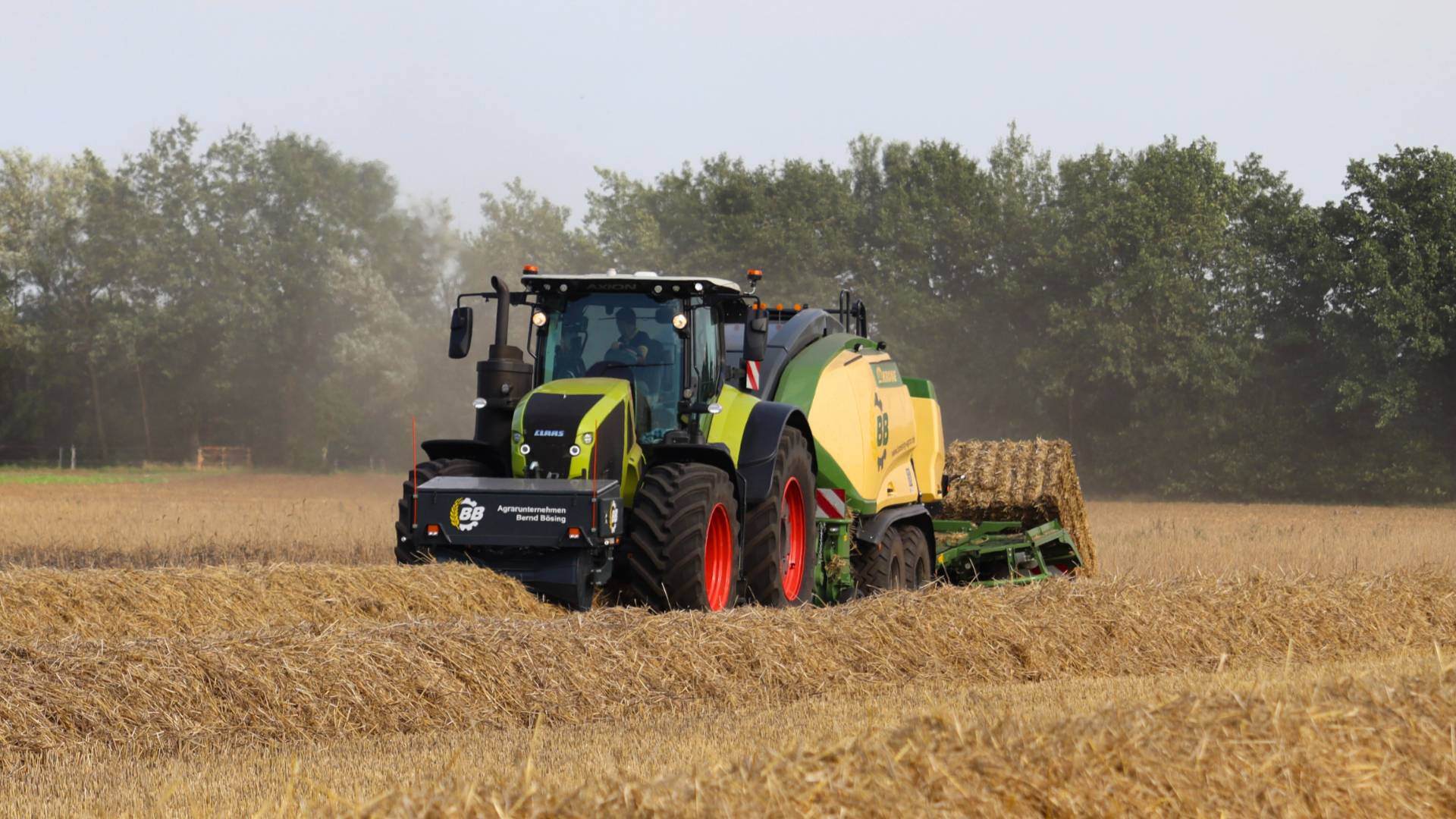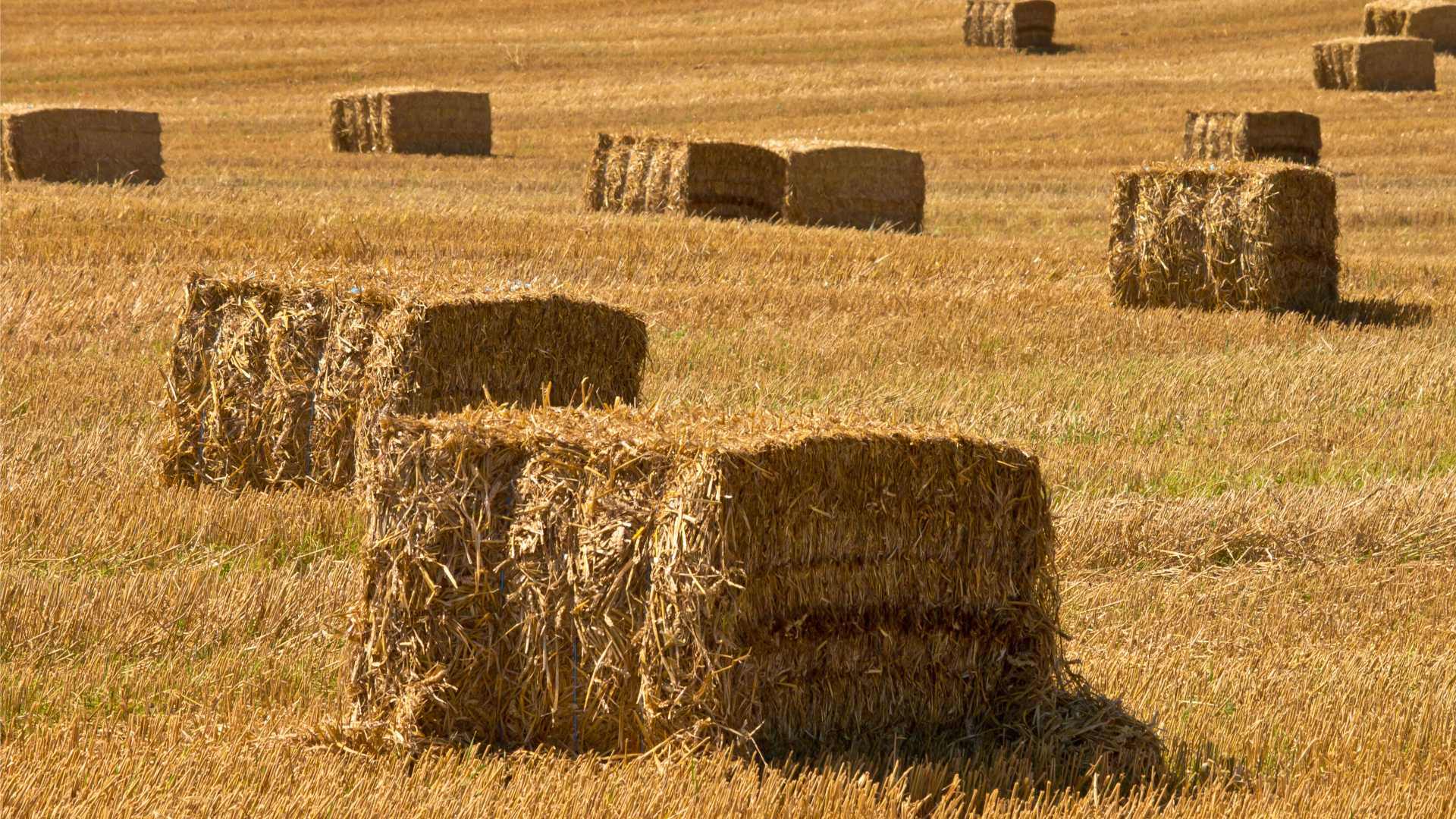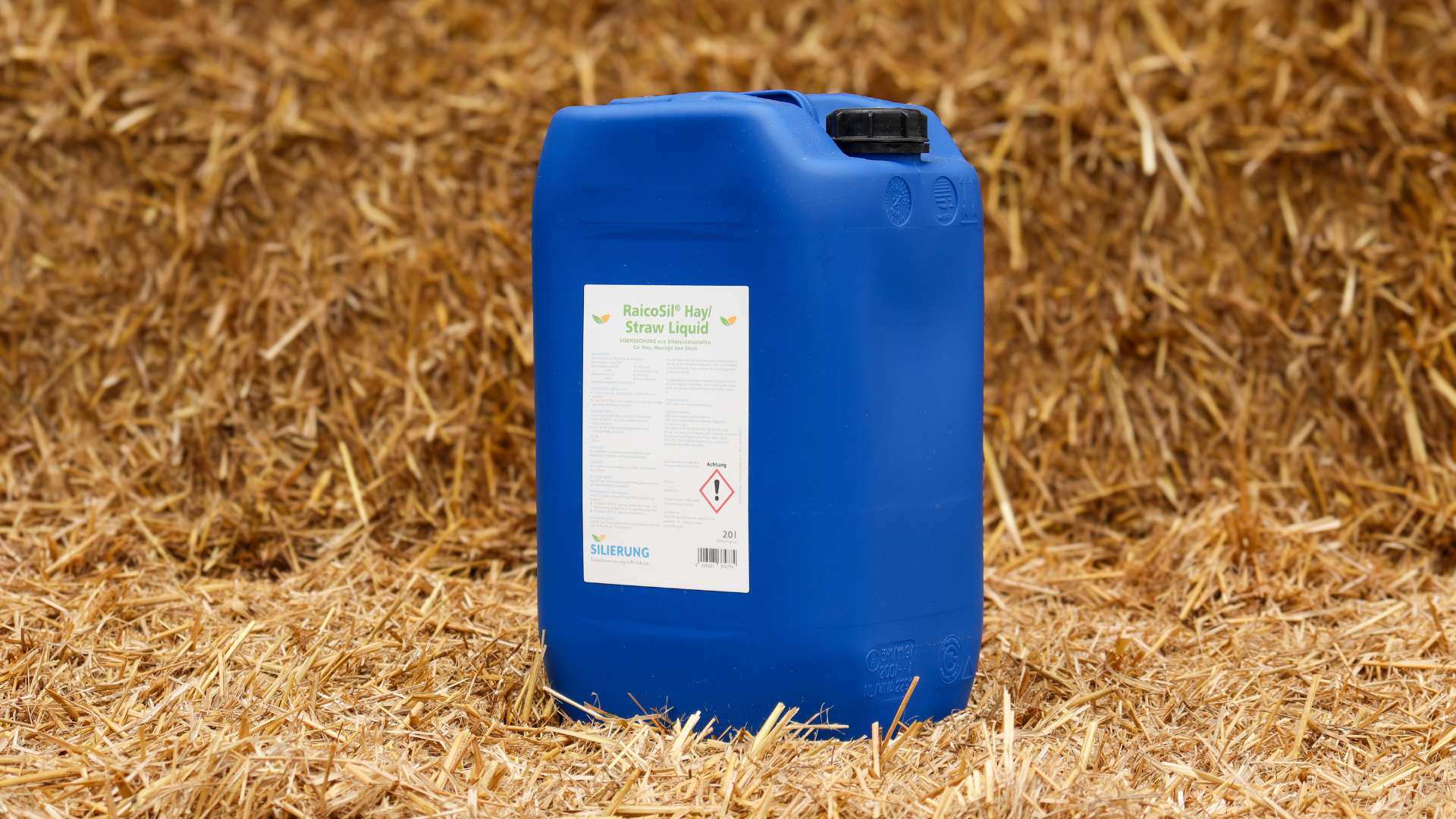At the Staatsgut in Grub, they like to test new ideas for cubicles and cubicle comfort. They take a very close look at what the cows really want. From structural pellets to cooled waterbeds to combat heat stress, many methods are used.
The dairy barn at the Grub state farm has 62 cubicles from four different manufacturers. Half of each of the four different cubicle stalls is available as a high stall and the other half as a low stall for the cows. Above each cubicle is an ultrasonic sensor that measures cubicle occupancy around the clock. This provides an impressive way of determining what cows want when lying down and which system they prefer.

The deep lying cubicles in Grub are managed as lime-straw mattresses. However, lime is not an ideal bedding material. It makes the skin brittle and the mixture of lime and manure sometimes sticks very unpleasantly to the animals' fur. In many cases, a real shell forms around the claws. Especially in the warm season, the lime-straw mattresses often become very hard, which considerably reduces lying comfort.
As all cubicle partitions in the Gruber barn are flexible, some cows lie at a slight angle in the cubicle, which quickly leads to bogging, especially in the case of small-framed animals. Because the lime-straw mattresses have disadvantages, cattle husbandry coordinator Wolfgang Müller set out in search of functional alternatives for bedding material and found what he was looking for in the fall of 2022. The solution: structured straw pellets.
Textured pellets are absorbent and virtually germ-free
The special thing about these pellets is that they are produced from unshredded straw and are very coarse with a diameter of 16 mm. Due to their high structural content, the structured pellets are extremely absorbent and at the same time absolutely dust-free. Structured pellets are ten times more absorbent than long straw. As temperatures of up to 90 °C are generated during pelleting under high pressure, these pellets are also virtually germ-free. Due to these positive properties, the structured pellets are ideal for use as bedding material and animal feed in livestock farming, according to Grub's experience.
The large surface area of the pellets results in an enormous absorption capacity, so that 1 kg of structured pellets can bind up to 4 liters of water. In this way, these pellets are able to optimally bind the moisture from animal excrement in the form of manure and urine from the stable floor. The structured pellets also absorb odors and ammonia from the stable air and thus improve the stable climate. As soon as the pellets come into contact with moisture after bedding, they disintegrate and form a dry mattress. In this way, Grub was able to dry out boggy deep stalls quickly and effectively. A dry and hygienic lying surface ensures clean udders; udder cleaning is generally faster and promotes udder health.
The cubicles bedded with textured pellets quickly proved to be a hit with the cows, which is clearly demonstrated by the measurement of cubicle occupancy. The cows are now literally queuing up for these cubicles. The pellets also give off a pleasant smell, which the cows prefer with their very fine sense of smell. The quality and smell of the bedding material therefore determine the length of time the cow lies down, because it simply lasts longer to lie clean! - More milk with clean bedding is therefore the motto!
Less bedding material, less work, less manure
Compared to chopped straw, a significantly smaller quantity of pellets is required. This not only considerably reduces the amount of bedding material required, but also the amount of manure produced and the time needed to muck out the stable. In terms of handling, the structured pellets prove to be unproblematic. They can be scattered by hand from a bucket or spread with a bedding machine. Once a proper mattress is in place, it is sufficient to sprinkle once a week. Every ten to 14 days, approx. 15 - 20 kg of textured pellets per cubicle should be added. Due to the high bulk density of 600 to 700 kg/m3 , only little storage space is required, which is particularly advantageous when space is often at a premium.
Practical testing: straw granulate as bedding for high stalls?
A raised stall always requires bedding that binds liquids (milk, manure, urine and sweat of the cow) and prevents friction to protect the cow's joints. If the liquid is not absorbed, this leads to hair loss and irritation of the skin, which can no longer perform its natural protective function. This results in joint injuries. Frequently used and proven bedding materials are Chopped straw, straw crumb meal, sawdust or lime mixtures. Straw granulate is relatively new.
In the dairy cattle barn at the Grub state farm, several high stalls have been bedded with straw granulate in recent weeks as part of a practical trial.
Conclusion: Straw granulate is very suitable as bedding material for high stalls.
Results at a glance:
-
- Very good acceptance by the cows
- Very dry and clean lying areas
- Very clean cows
- Maintain raised cubicles at least twice a day: remove piles of manure
- Litter the entire lying area (100 %)
- 1 to 2 x daily bedding necessary (most bedding materials adhere poorly to cubicle surfaces)
- Straw granulate is easy on the joints: check by rubbing it on the back of your own hand
Liming the deep stalls: Does this have the desired effect?
In practice, it is often observed that deep litter boxes are limed daily. The background to this idea is that lime or mineral bedding powders ensure dry, hygienic cubicles and promote or stabilize udder health. In this way, lime should serve as a kind of "conscience reassurance" in terms of udder health. A study on lime on 145 dairy farms proves this:
- drying effect: yes
- dries out skin: yes (skin cracks - pathogens penetrate)
- pH value increase does not show the expected success in terms of udder health
Due to the large amount of organic material, it is only possible to reduce the pH value to a range between 5.5 - 8; a pH value of 11 would be necessary to reduce the spectrum of udder pathogens. This means that neither a reduction in germs nor the desired increase in pH can be achieved with lime. Daily lime application or re-littering hardly has the desired effect - not even in high stalls. But which bedding is actually recommended for high stalls? This is because the bedding, especially for high stalls, must prevent chafing of the joints due to friction and at the same time absorb moisture as well as possible. As a general rule, the smaller the proportion of straw, the better it absorbs water.
- Chopped straw: absorbs 3 times its own weight in 5 minutes
- Straw flour: absorbs 5 times its own weight in 3 minutes (particles < 10 mm)
Straw crumb meal and straw granulate for high stalls
For many years, a mixture of straw crumb meal and a mineral bedding powder was used in the high stalls of the Grub state farm. This resulted in dusty and "breaded" cows. For this reason, the bedding powder has not been used since February 2024. And lo and behold, within a few weeks, the animals were spotlessly clean with the same cell content. As part of a practical trial, a number of high cubicles in Grub are currently being bedded with a straw granulate that is easy on the joints. The raw material for straw granulate is dry, shredded, mold-free straw. This is crushed into fine flour, pressed into pellet form under heat and pressure and crushed in the final step. This produces a very absorbent granulate. Germs are successfully killed by the intense heating during production. Straw granules effectively neutralize unpleasant odours. As the granulate is sieved before delivery, dust is not a problem here either. The high stalls littered with straw granulate are very popular with the cows. The lying areas are very clean and dry.
Several foam mattresses with water bedding without cooling, which have been in the Gruber barn for years, enjoy the same acceptance among the cows as well-managed deep stalls. Ten cooled waterbeds will be installed in the Grub dairy barn in mid-2024. Where did this idea come from?
Waterbed overlay for cooling during heat stress
Observations of cows in the pasture have shown that they prefer a cool surface. Warm air that comes into contact with their bodies forms an insulating layer on their backs. This reduces active heat exchange. As 2/3 of the body heat is dissipated through the lower part of the cow, contact cooling is more effective than air cooling, e.g. using circulating fans. The issue of heat stress should therefore also be considered from this perspective.
All deep stalls and comfort mattresses in high stalls have an insulating effect, which is urgently needed in the winter months. However, this is not desirable in the summer months. According to certified cow signal trainer Wolfgang Müller, many cows therefore stand in the cubicles during the warm season and do not lie down. In general, this was observed in Grub: Each cow has about 2-3 cubicles, which she claims as her own and which she also likes to share with other stable mates.
(Author: Wolfgang Müller, Bavarian State Farms / Photo: Max Riesberg)




